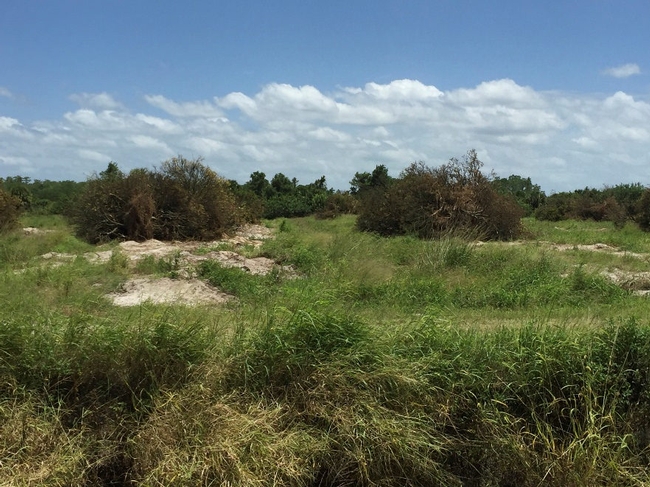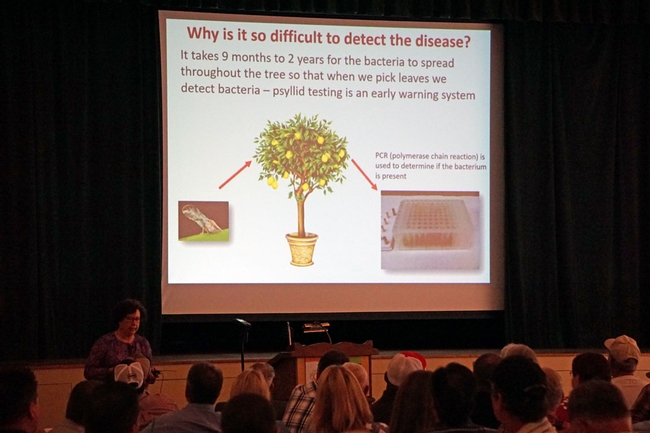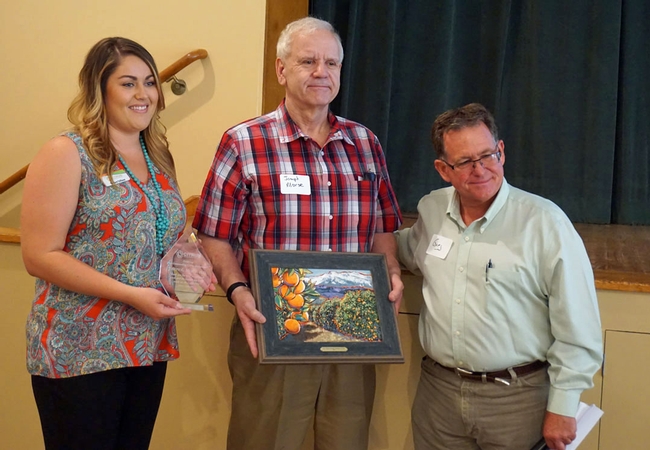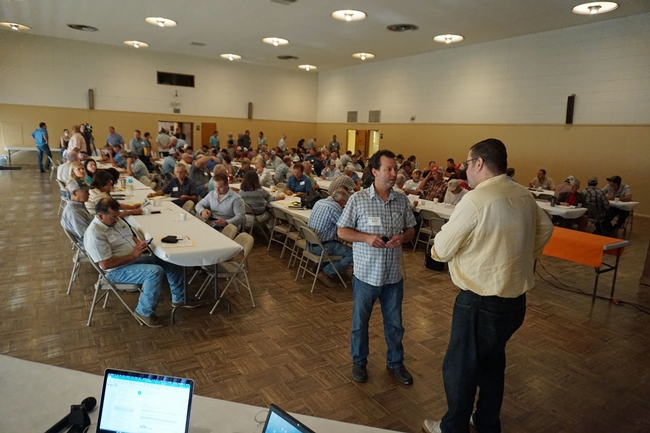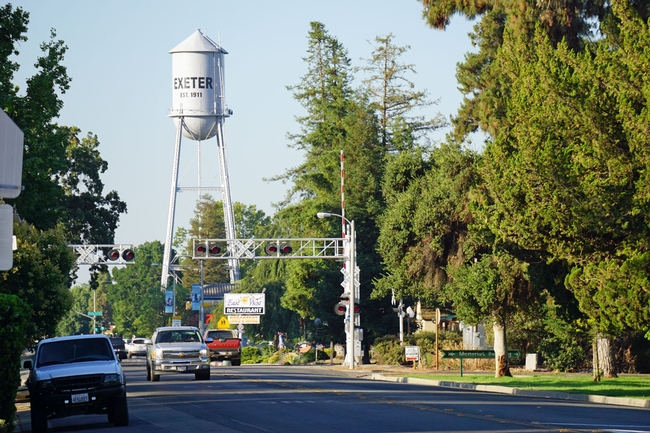Two more trees infected with huanglongbing (HLB) disease were identified and destroyed in the days before UC Cooperative Extension and the Citrus Research Board kicked off their spring Citrus Growers Education Seminar in Exeter June 27. The new infections raise the total number of HLB-infected trees in Los Angeles and Orange counties to 73.
The latest statistic set the stage for spirited discussions about a looming threat that cut Florida citrus production by 60 percent in 15 years. The devastating citrus losses in Florida were recounted by Ed Stover, a plant breeder with USDA Agricultural Research Service in Fort Pierce.
"One of the benefits of coming here is I am reminded how beautiful citrus is," Stover said. "In Florida, there are more than 130,000 acres of abandoned groves." He showed slides of trees with thin canopies, pale leaves and green fruit; in one image the trees were skeletons among tall weeds.
Huanglongbing disease is an incurable condition spread by Asian citrus psyllid (ACP). The psyllid, native of Pakistan, Afghanistan and other Asian regions, was first detected in California in 2008. Everywhere ACP is found, the pests find and spread HLB.
Stover and his colleagues are searching for citrus cultivars that have natural tolerance for the bacteria that causes HLB, but progress is slow. Transgenic citrus, he said, is the best bet for developing citrus with HLB immunity.
"In my opinion, commercial genetically engineered citrus is inevitable, and GE crop concerns will likely decline with time," he said.
In California, the aggressive push to keep psyllid populations low, regulations to limit the spread of psyllids when trucking the fruit, and active scouting for and removal of HLB infected trees in residential areas could buy time for researchers to find a solution before California suffers the fate of Florida citrus growers.
"Be vigilant," Stover said. "As long as you are still making a good return, there is almost no investment too great if it keeps HLB out of California."
Beth Grafton-Cardwell, UCCE citrus entomology specialist and director of the UC Lindcove Research and Extension Center near Exeter, said the prime research in the San Joaquin Valley is aimed at early detection techniques.
Once a tree is infected, it takes nine months to two years for the bacteria to spread throughout the tree, so that when leaves are selected for testing, they detect the bacteria. Capturing and testing psyllids is one way to to find the disease early. Other early detection techniques focus on the microbes, proteins and aromas produced by sick trees.
"These can be measured with leaf test, a VOC (volatile organic compound) sniffer, swab or even dogs," Grafton-Cardwell said. "Scientists are studying every conceivable way to stop the disease."
In the meantime, growers were encouraged to carefully monitor for and treat psyllid populations in their orchards with pesticides. Pesticide treatment recommendations are available on Grafton-Cardwell's Asian Citrus Psyllid Distribution and Management website, http://ucanr.edu/acp.
"We have lots of challenges," Grafton-Cardwell conceded. "We hate disrupting our beautiful integrated pest management program. But monitor your own groves, apply the most effective treatments and remove suspected (infected) trees. Going through the pain up front will save us in the long run."
